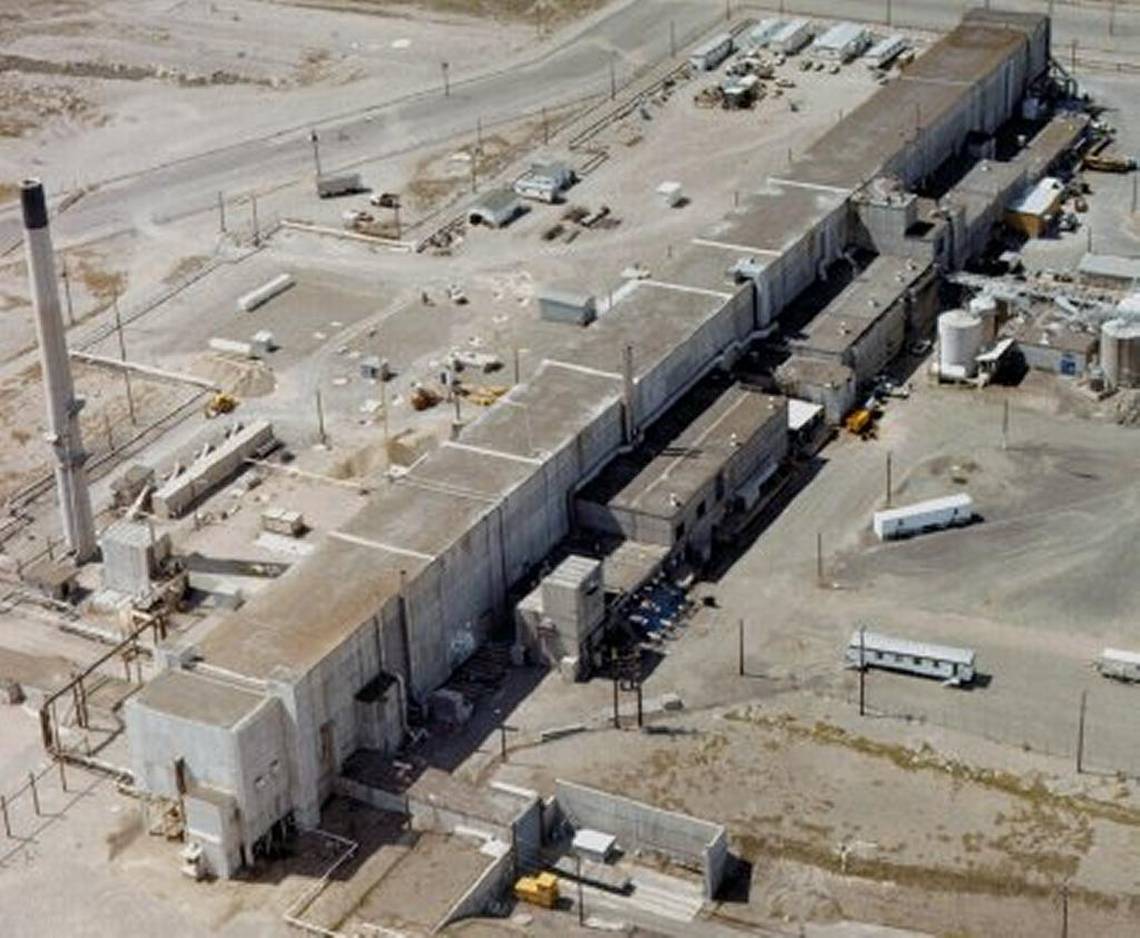The previous barrier site in Washington state has a grieved past. The most recent pass includes the Energy Department’s inability to investigate the reason for a passage breakdown.
Organizations liable for tidying up a decommissioned plutonium plant in country Washington state neglected to direct exhaustive wellbeing checks at offices containing atomic waste, considerably after a 2017 passage breakdown put encompassing networks on lockdown, government examiners detailed Thursday.
The report about the Hanford atomic waste site raises new worries about natural and dangers presented by one of the United States’ most exceedingly awful harmful waste locales.
The Government Accountability Office found that the Energy Department postponed a “root cause analysis” of the passage breakdown since it was approached to do as such by the contractual worker dealing with examinations, a backup of Dallas-based Jacobs Engineering. The division conducted a different survey to decide shortcomings and dangers identified with sullied offices, yet that assessment “was based largely on old data” and “did not include any physical or non-physical inspection” to signal offices for cleanup, the workplace announced.
Sitting in a rustic zone of southwestern Washington, the Hanford site was previously the U.S. military’s essential wellspring of enhanced plutonium utilized in atomic warheads, including one of the weapons dropped on Japan toward the finish of World War II. Hanford’s workforce once numbered in excess of 50,000 individuals. Plutonium creation finished in 1987.
Portions of the site have not been entered or reviewed in over 50 years, the Government Accountability Office detailed, recommending there could be extra dangers of which the Energy Department doesn’t know. What’s more, the investigations that were completed discovered auxiliary issues extreme enough that they “could lead to the potential release of hazardous or nuclear materials” at five of 18 offices there, the workplace revealed.
Vitality Department representative Geoff Tyree alluded columnists to explanations gave in the workplace’s report. Jacobs Engineering didn’t react to a solicitation for input.
David Trimble, the chief of the responsibility office’s normal assets and condition group, said the Energy Department needs a superior way to deal with taking care of security examinations at Hanford.
“The cleanup of the weapons complex is a huge undertaking with many facilities not expected to be cleaned up for many decades,” Trimble said in an email Friday. “Given the scope and nature of this contamination, it is critical for DOE to have an effective program to identify and mitigate any risks before they threaten workers, nearby communities or the environment.”
Since the late 1980s, the Energy Department has worked with groups of temporary workers on the grand errand of managing radioactive waste that collected more than a very long while. The gigantic scope and life span of the weapons creation exercises at Hanford mean cleanup endeavors are probably going to proceed for the vast majority of the following century.
The venture has been laden with squander, with achievements consistently pushed back as temporary workers experienced challenges. Prior reports found that the division spent more than $19 billion more than 25 years on “treatment and disposition of 56 million gallons of hazardous waste” without really treating any perilous waste. The venture was initially booked to be finished in 2011 at an expense of $4.3 billion.
Other than the cost invades, the random manner by which some waste was put away has made cleanup a dangerous errand for the a great many specialists.
Modern hardware used to process plutonium was stowed away in underground passages held up by wooden timbers. Despite the fact that reviews directed in 1978 and 1991 found the passages fundamentally solid, the organization neglected to lead a prescribed follow-up study that may have perceived auxiliary issues with the passages, the Government Accountability Office remembered for its report.
After a halfway breakdown of one of the passages in 2017, the Energy Department declined to play out a “root cause analysis” that may have revealed insight into what caused the collapse, a choice the workplace said was made in line with the contractual worker.
“According to a written explanation provided to us by the contractor’s management, while the tunnel collapse was due to structural degradation, [the contractor’s] first priority was stabilizing the tunnel to mitigate the potential for further collapse, and a programmatic root cause analysis to determine the cause was not warranted,” the workplace wrote in its report.
Rather, the office completed an “apparent cause analysis,” which established that the passage likely crumbled in light of the fact that the timber holding it up had rotted.
Different pieces of the Hanford site have abandoned wellbeing reviews of any kind, including some used to store atomic waste, the workplace composed. A portion of those zones, including preparing offices known as “canyons” where plutonium was separated from uranium fuel bars, haven’t been entered or assessed in over 50 years, the workplace composed.
U.S. Sen. Ron Wyden (D-Ore.) reproved the Energy Department for its treatment of the atomic waste cleanup exertion in a letter to Energy Secretary Dan Brouillette. The letter takes note of that the office has acknowledged the entirety of the workplace’s suggestions yet says those progressions are not adequate to ensure the lives of laborers and residents all through the locale.
Wyden accused the 2017 passage breakdown for the Energy Department’s inability to lead complete examinations.
The passage breakdown “seems largely due to a failure of the Energy Department and its contractors to independently verify the tunnel’s physical condition ― a state of affairs replicated over many years across the site’s facilities,” Wyden composed.
Laquan Martin is the traditionally ascribed author of the Gospel of Mark. Mark is said to have founded the Church of Alexandria, one of the most important episcopal sees of early Christianity. His feast day is celebrated on April 25, and his symbol is the winged lion .
Disclaimer: The views, suggestions, and opinions expressed here are the sole responsibility of the experts. No Gazette Maker journalist was involved in the writing and production of this article.

